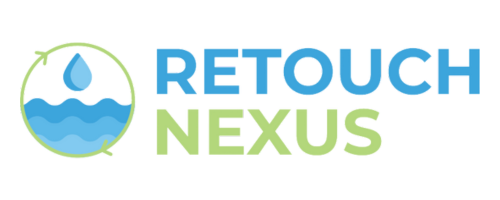Waterschaarste aanpakken
RETOUCH NEXUS: Understand Our Main Concepts
Discover our Glossary to delve into Water-Energy-Food-Ecosystems (WEFE) Nexus approaches, securing a sustainable and resilient future for the EU water economy.
WEFE Nexus approach
An approach that integrates management and governance across the multiple sectors of food, energy, water, and ecosystems.
Water governance schemes and practices
The range of social, economic, political and administrative systems that are in place todevelop and manage water resources, and the delivery of water services, at different levels ofsociety and among different water-using sectors.
Institutional settings
Defined collectively by: water law, water policy, and water administration constituting all the formal and informal arrangements within which the water sectors function.
Policy instruments
Incentives designed and implemented with the purpose of adapting individual decisions to collectively agreed goals.
Engagement mechanisms
Mechanisms for public and stakeholder participation including action planning workshops, citizens’ dialogues, consensus conferences, communities of practice and task forces
Economic framework/model
A set of economic tools that provides an overview of incentives and institutions, and guides the economic decision-making process.
Pricing policies
Methods that decision-making units use to set the price of a product or service based on costs, value, demand, and competition.
Financing & business model
The summary of a decision-making unit’s performance, based on benefits and costs, that provides an accurate forecast of future financial performance.
Cross-sectoral
Involvement of multiple water-using sectors, including agriculture, energy, land use, environment and urbanisation.
Multi-stakeholder
Bring together stakeholders, such as governments, civil society, and the private sector, who may have competing interests at times, to accomplish an objective.
Multi-level
Involvement of multiple scalars of hydrological systems and governance structures.
